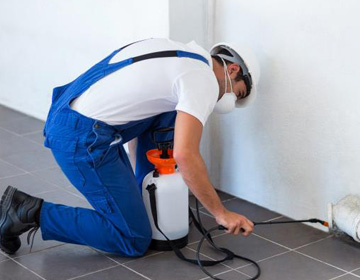Fleas

Flea hazard
One common flea, Ctenocephalides felis Xenopsylla, India, Nosopsyllus fasciatus, MONOPSYLLUS anisus, Leptopsylla 6, and also related to plague are Oropsylla silantiewi and CALLOPSYLLA DOLABRIS, Songjiang subspecies citellophilus etc..
Direct harm: first, both male and female fleas, blood sucking, high frequency of blood sucking, blood sucking volume, harassment, stimulation, often people and animals can not be quiet. Blood sucking, secretion of saliva into the host skin, can cause allergic reactions, local tissue can cause pimples, rubella, scratching can become scratched, wheal, can cause purulent infection. Parasitic diseases: some fleas can cause parasitic diseases and livestock anemia.
Indirect harm: plague is a deadly infectious disease caused by Yersinia pestis by fleas, as media, communication between the rat, due to human or rodent in foci of infection and, thus, the incoming rural city, caused by the plague epidemic, serious harm.
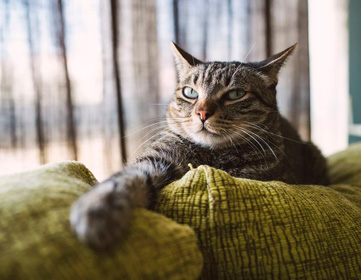
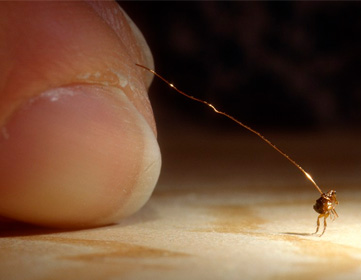
(2) chemical fleas: insecticide spraying, especially near the ground, under the bed, wall, cabinet and domestic animal shelter and mousehole, closed 1 to 2 hours after application, good results can be obtained.
If it's a dog, you can use the soap made in Shanghai when you take a bath for a puppy. My dog has always used it. It never gets fleas. Supermarkets can buy it. It's very convenient
How do you determine if you have fleas?
When a flea cat bites its skin and is sucking blood, it sends out black particles, like dust, which are often mistaken for fleas. Open the hair, sometimes can not find fleas, I saw a pile of "black sand", these "black sand", hit the water dissolved into red, can easily be distinguished, this is the flea's stool rather than dust.
Flea adults can not eat anything for 12 months, and by the chance of fleas (5) from the blood to obtain nutrients. Because fleas have no specific host, they can be parasitic on all kinds of furry animals, including even furry inanimate objects (such as carpets). So controlling fleas in pets doesn't stop fleas. Female fleas in the blood sucking after ovulation in the host body (animal), egg white salt such as size, non sticky so it is easy to fall in the 2 days after birth within 2 weeks may have hatched larvae, the larvae of white or milky white; they are often hidden in jobs, carpet, pet bed, the larvae eat only a few things, such as adult feces or in the environment of organic debris (human or animal dander, food residues), then they will turn into the cocoon. After that, fleas can become fleas in 7 to several months, depending on the conditions of the fleas. Pet fleas are relatively long, the egg and black flea feces can be found together, such as the discovery of the red stain is formed by the wet dung.
It is common in small animals, cats, dogs and mice, in which fleas spread large numbers of viruses, and puppies and kittens can not be ignored.
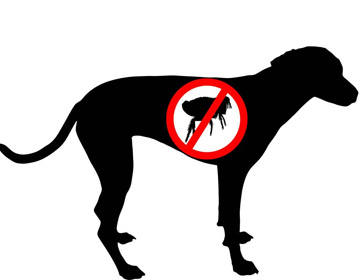
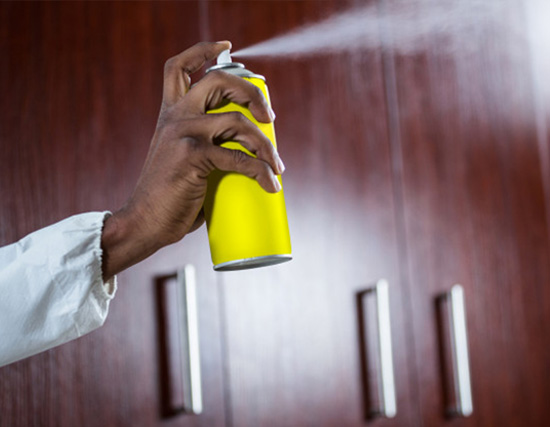
2) light trapping. With a glass filled with water, 3/4 water and 1/4 kerosene oil, a floating light (central to wick stiff paper or embedded in the cork, and then placed in a glass central) with a little thick soap water tray. It is lit at night and placed on the ground. The fleas were lured by the lights and dived into the dish.
3) vacuum cleaner method. Use the vacuum cleaner in the flea room vacuum the floor, can reduce 60% eggs and 27% larvae, and larvae can remove food (fleas stool, animal debris and other organic matter) and used to hide the dust.
4) hot steam method. Hot vapor cleaning can not only kill most fleas and pupae, but also scour larval food.
5) pets except fleas. With detergent or shampoo to bathe animals, fleas are floating in the water, even if there are remnants of fleas, because detergent on the surface of the flea's body destruction of wax, and therefore will soon die. Comb the pet's hair with a comb, and then comb it into the soapy water quickly, so that some of the fleas are eliminated.
The work of killing fleas must be combined with the rodent control work, and the flea control will be implemented at the same time during the rodent control. Otherwise, when the rats die, the fleas will seek the host, which will increase the risk of human and livestock infections.
